11 Supermarket Tricks That Entice You To Buy More
5 min readHow many of these are you aware of?
Every wondered why it’s so hard to stick to your list and budget every time you go grocery shopping? Everything in the supermarket—from the parking, to its interiors, size, and ambience, to the product placement—has been laid out strategically to make you spend more.
Well, that’s just how the economy works. Supermarkets will do everything in their power to entice you to buy more, and therefore consume more. At the end of the day: everybody happy.
However, it pays to be aware of how these little-known strategies work, and not fall easily for these psychological tricks.
1. Supersized shopping carts
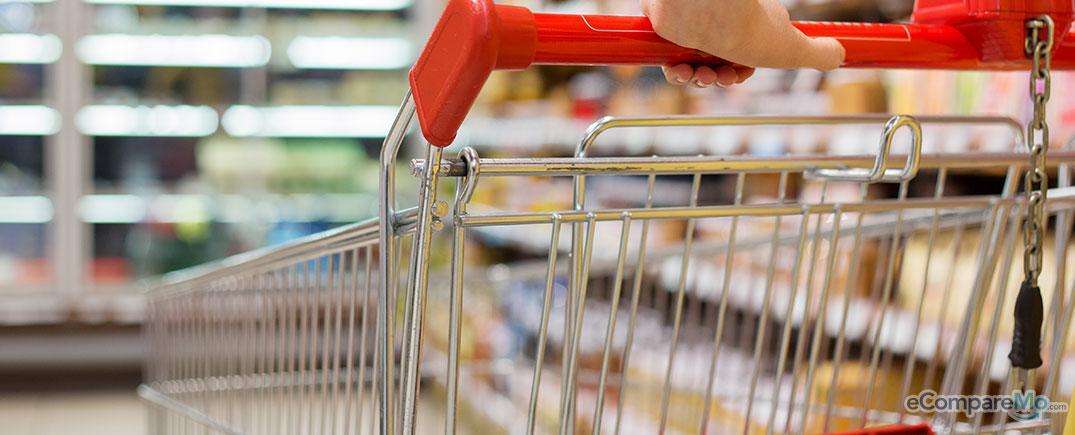
Shopping carts sizes have doubled in the last decade, and this has led to people buying more than they intend to. This nifty trick entices you to buy 19% more than what you normally would. Empty spaces make you feel like something’s lacking, and the urge to fill it up is just too strong to resist.
Tip: Really, go with the basket if you only need to buy a few things. You may also skip the basket altogether—and make do with what your two hands can take. You’ll be surprised at how much money you’ll have saved at the checkout counter.
2. Smells like sale spirit
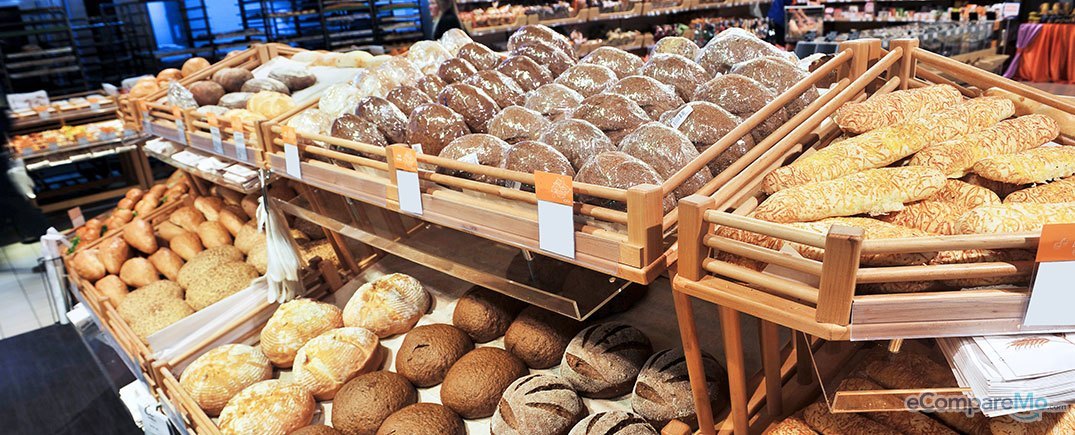
Rotisserie, bakery, food stalls, and fresh produce are placed at the supermarket entrance. The colorful display of produce sets you in a good mood, and the smell of roasted chicken, freshly baked bread, and the assortment of food make you crave or go hungry, easily with little to no self-control when grocery shopping. This is called “olfactory marketing.†The sense of smell works faster than the other senses and it immediately affects your emotions.
Tip: Don’t go grocery shopping when you’re hungry, or prepare to be at the mercy of your senses.
3. Aisle placement
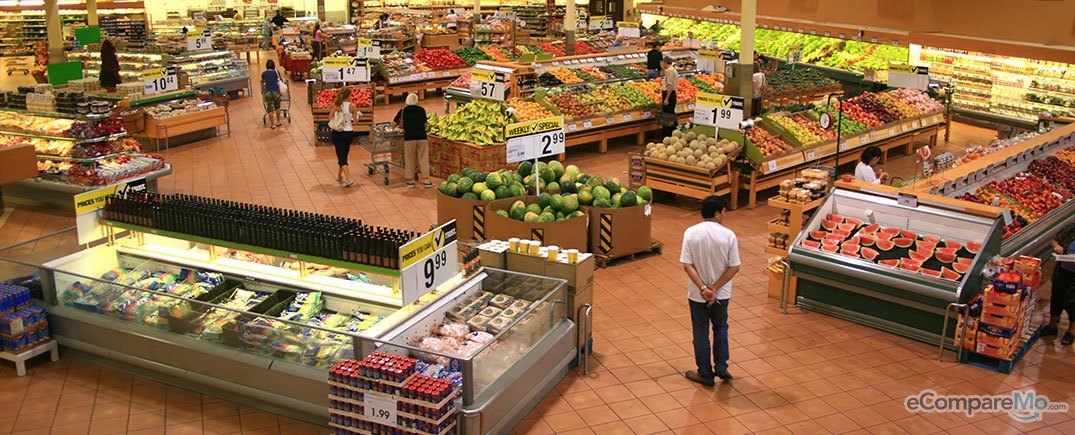
The aisles are narrow enough to keep you going from one row to another and avoid making a turn. This way, you see more rows and shelves of products, enticing you to buy more.
Tip: If you’re a regular at the supermarket, remember the areas where certain products are placed. You don’t only save time, you also avoid being tempted to buy things you don’t really need.
4. Strategic stacking
Products displayed at eye-level are easily seen and sold out. Manufacturers pay to get their products placed at the right side of the aisle and at eye-level to maximize sales. Notice that these strategically placed products typically cost more.
Tip: Manufacturers for products and food that appeal to kids also pay for kids’ eye-level, so now you know why even toddlers easily spot these items and ask you to buy it for them.
5. Product pairing and bulk packaging
You know during the holidays, when you see “Christmas packages†stuffed in baskets? Marketers do that for a reason—and it’s not primarily for your convenience.
Tip: Products sold in bulks such as fruits and vegetables make you believe that you will get big savings. But more often, the per kilogram is much cheaper. Buy only the quantity that you need.
6. Sleepy music
This should be a no-brainer but the mellow music in grocery stores tend to set you at a slower pace, so you tend to take your time, and end up buying more.
Tip: Wear headphones if you can and listen to upbeat music. This way your auditory sense dominates your other senses such as sight and smell, or at least distracts you enough to follow your grocery list.
7. Smaller floor tiles in “premium†sections
It’s not very common, but this is one sly trick. Your shopping cart wheels and your shoes are noisier on smaller tiles. This makes you slow down and notice the displays. Bet you didn’t notice? You’ll also see rubber mats in some areas at the grocery store that tend to slow you down.
Tip: Leave your cart at a safe distance away from these mini-humps. Grab what you need from the “premium†section and get back pronto. Or perhaps, just avoid these areas altogether.
8. Wide open spaces
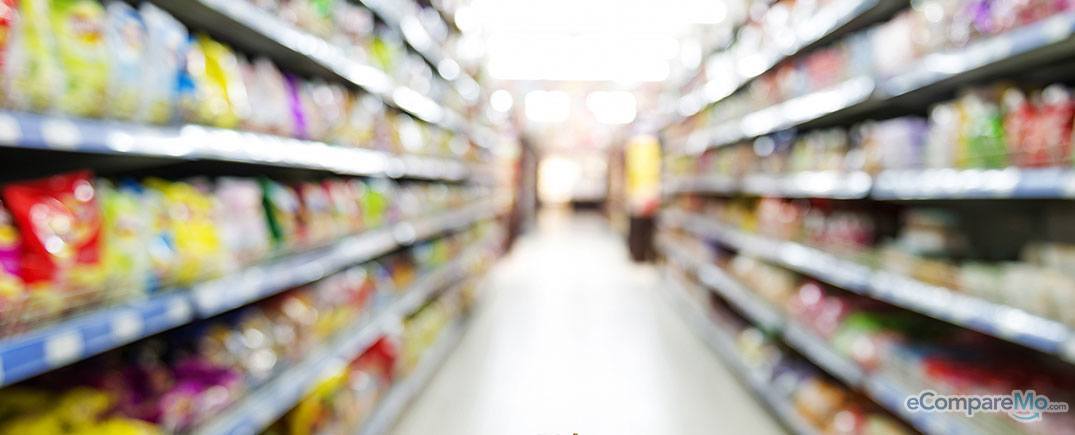
This requires shoppers to go around the store and look for the items they need. Dairy and other essential products are located at the end of the store so customers will have to go across the store to find them. The supermarket must also be spacious enough so it doesn’t get cramped and crowded—a big turn-off for shoppers. You want to take your time grocery shopping, right? And the main reason is probably because of this strategic setup.
Tip: Compare prices of big supermarkets with small ones. If you’re only going to buy a few items, you’re better off going to small stores so you can easily find everything you need.
9. Free samples
Who doesn’t love free tastes? Product samples are proven to boost sales, but it also makes you stop at nearby aisles and buy related or similar products.
Tip: Enjoy trying out the free samples but don’t let it tempt you, especially if you don’t really need the items. Stay firm in sticking to your list even if they offer discounts and other freebies.
10. Checkout counter
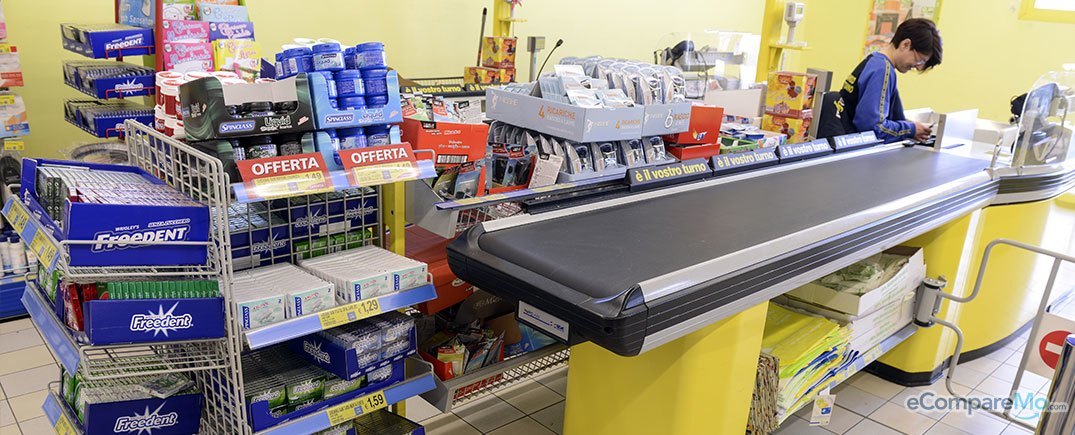
Shelves at the checkout counter contain goodies and necessary items. These products are usually cheap so you tend to think that it won’t affect your budget so much if you bought them—and so you add more items to your cart. Queues at checkout tend to be long and this is also another reason for you to buy more. Now did you know that this is the most profitable part of the supermarket? No surprise in there.
Tip: To be fair, checkout shelves display important items you might have forgotten to buy, like toothbrushes, batteries, and razors. But it also lures you into buying a pack of gum and bar of chocolate that you don’t really need.
11. Rewards cards for “valued shoppersâ€
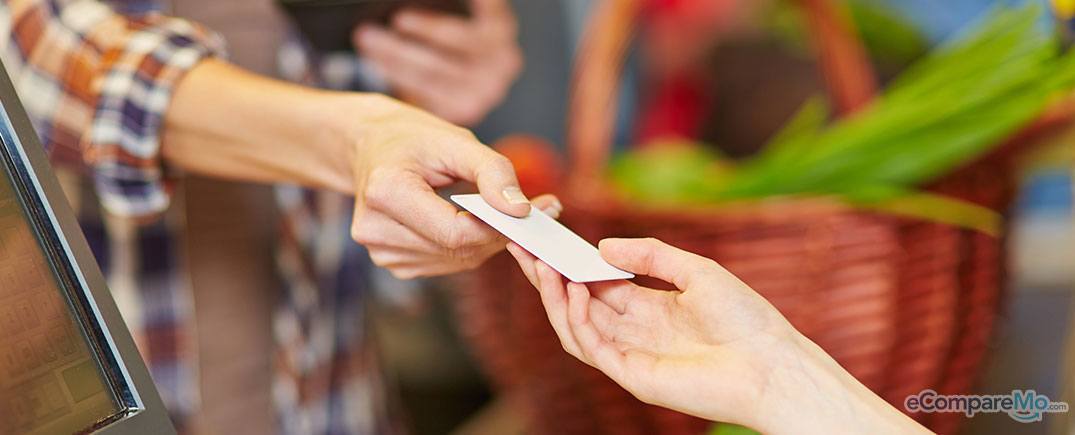
No customer doesn’t want special treatment. We all want to get our money’s worth. Alas, corporations found a way to give back rewards to their customers and take advantage of that. The truth is that your Valued Shopper or Discount Card lets retailers see your personal information—such as your shopping habits, location, and more.
Tip: If those points really matter to you, then pick a store that offers the best rewards. Otherwise, no harm really in politely declining those “advantage card†offers.
These marketing strategies that tap into our instincts have been going on for decades. Bigger and better marketing strategies are constantly being placed that it’s getting more difficult to spot them. However, the key here is to refuse willful ignorance. Ignorance through intentionally keeping yourself uneducated of the facts that can help improve your life. Be mindful about staying on your budget and grocery list, and you won’t be lured to spend more ever again. –Kristel Serran
